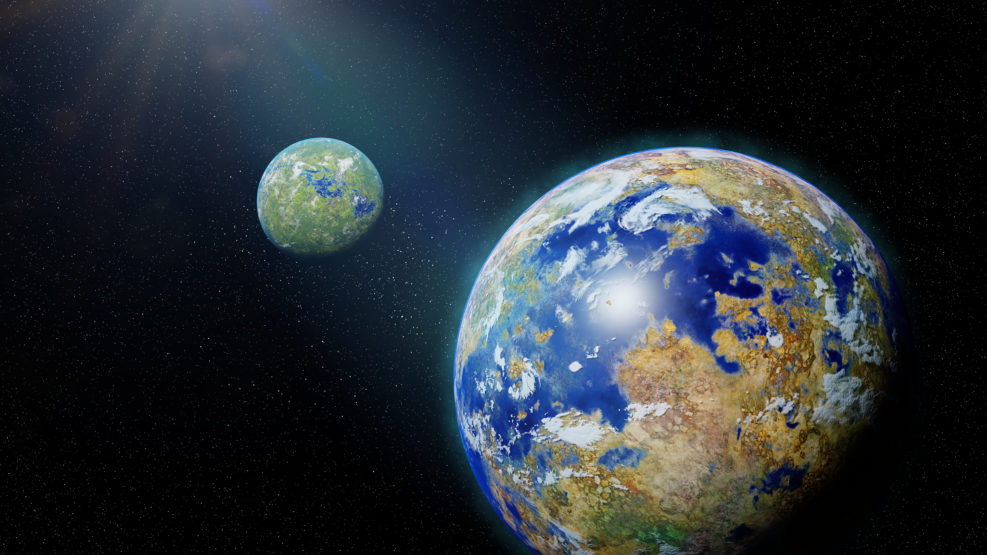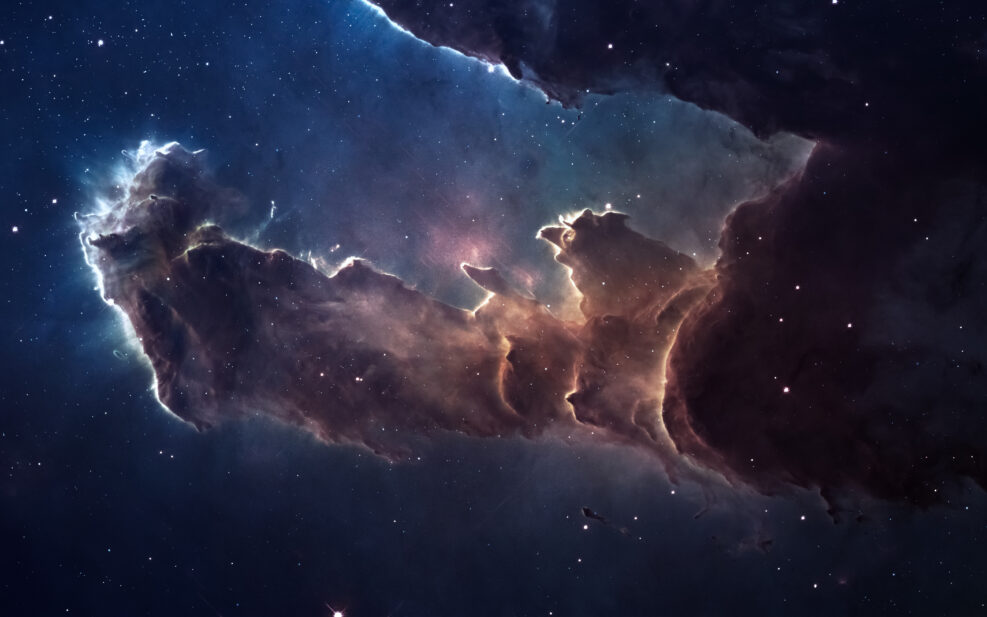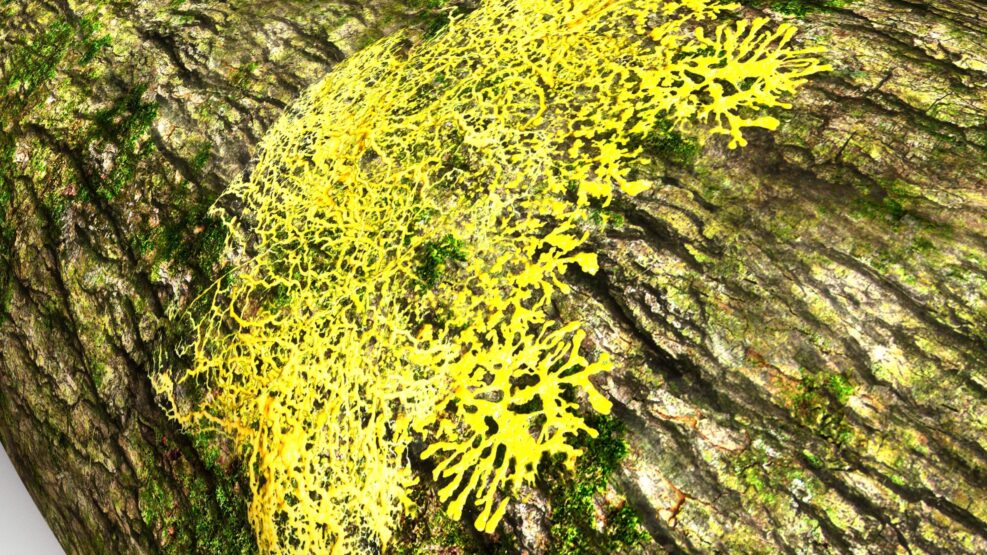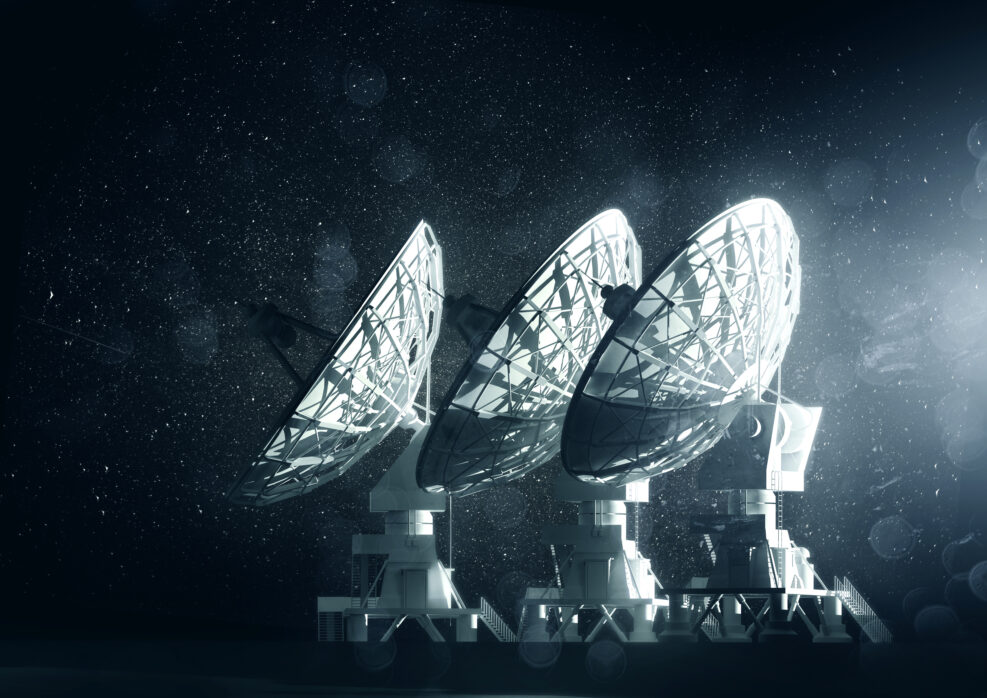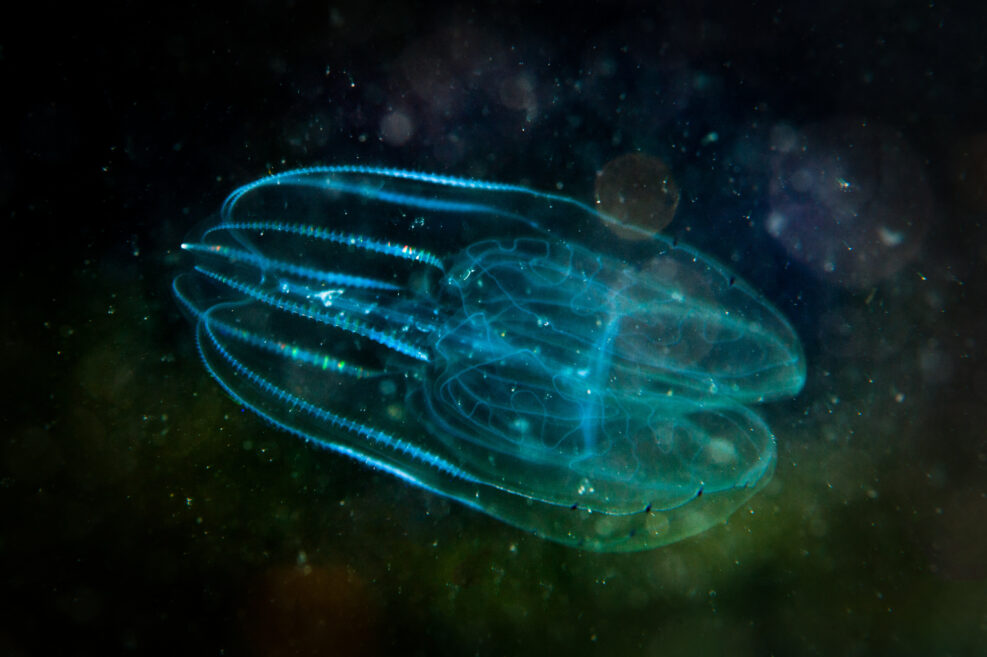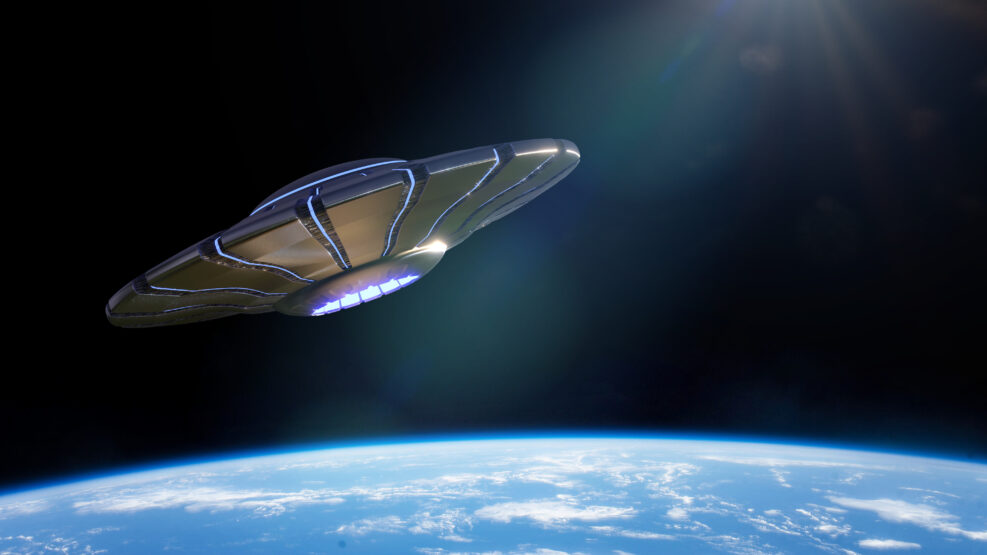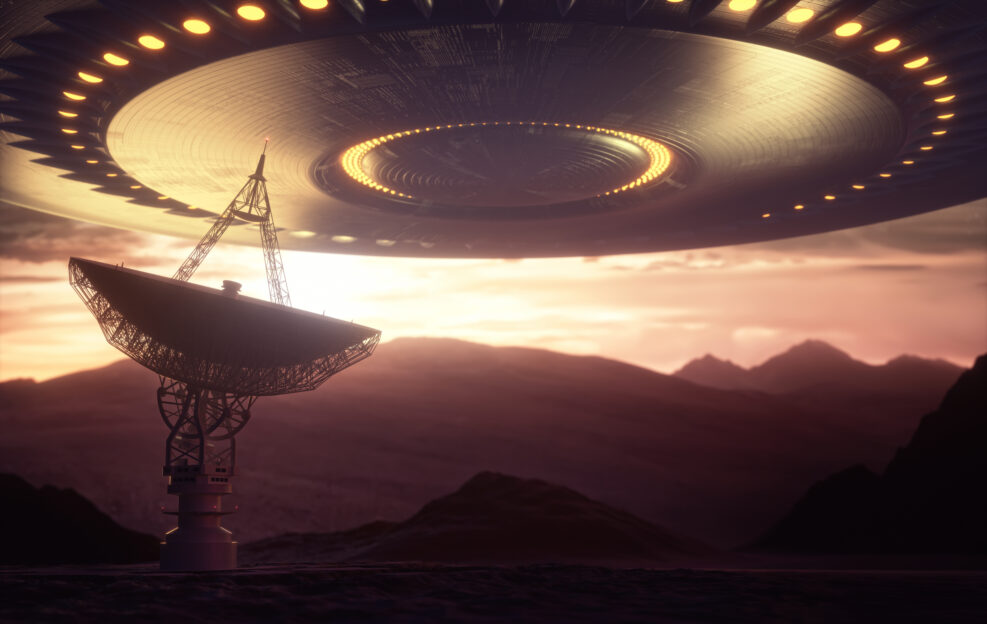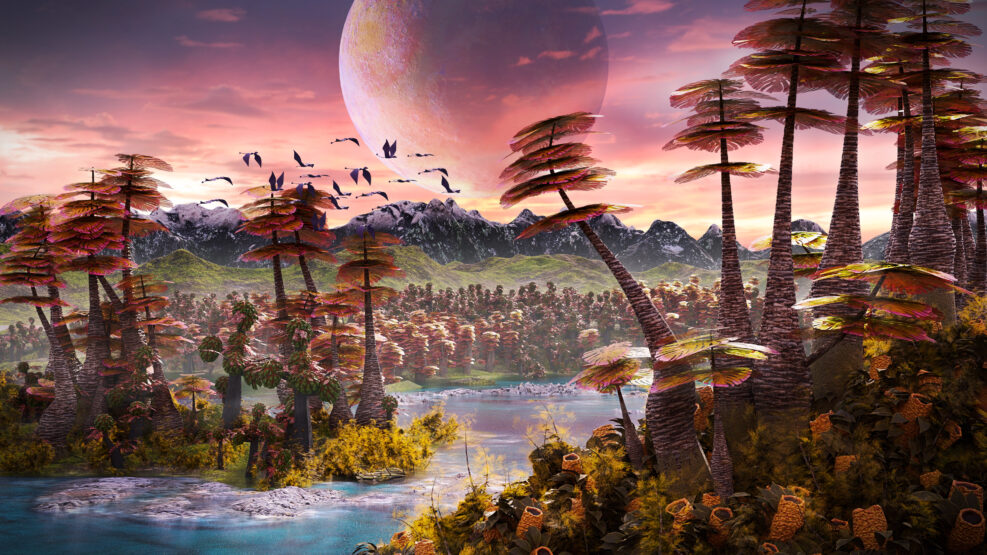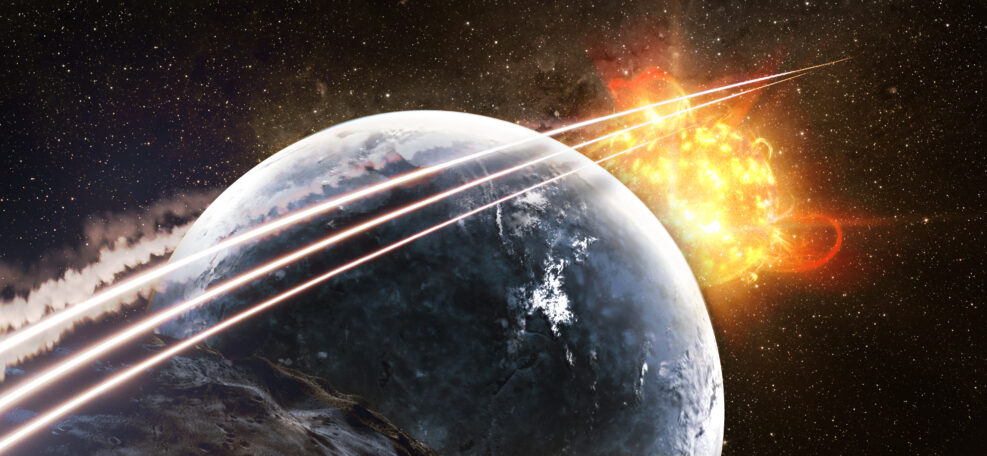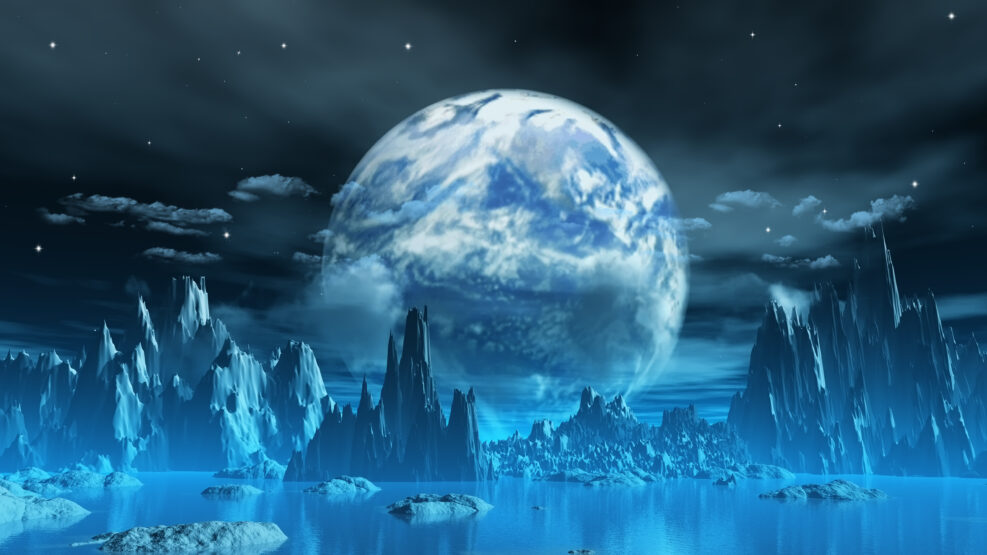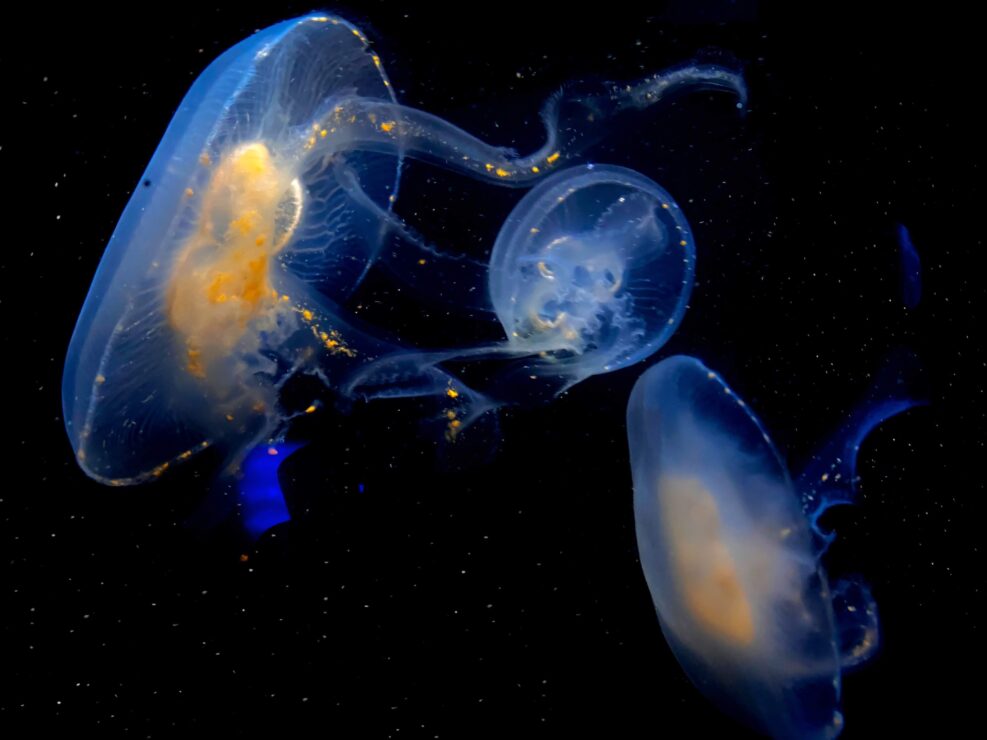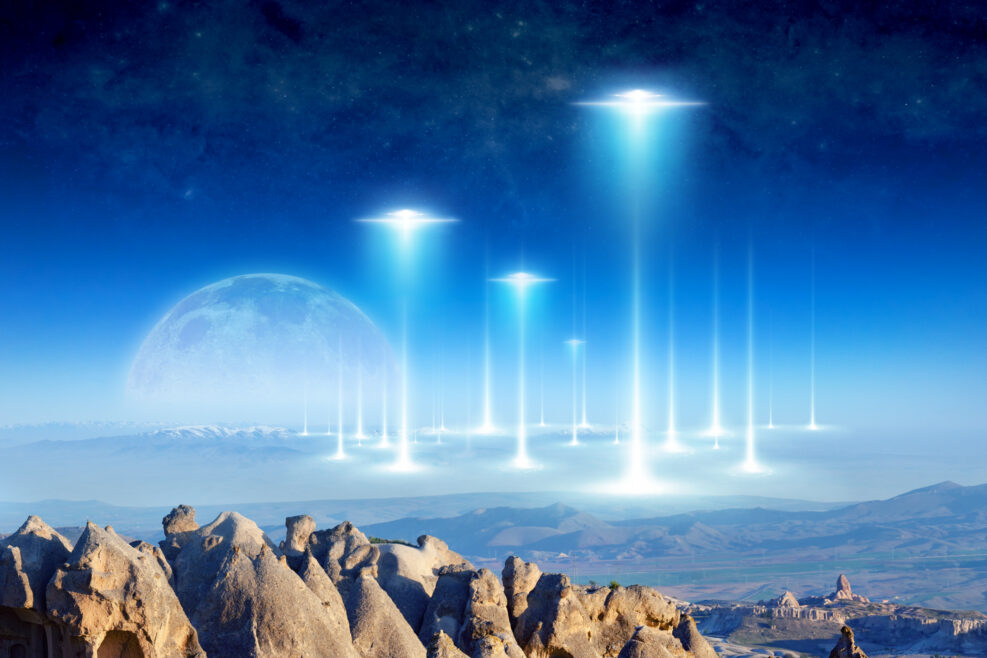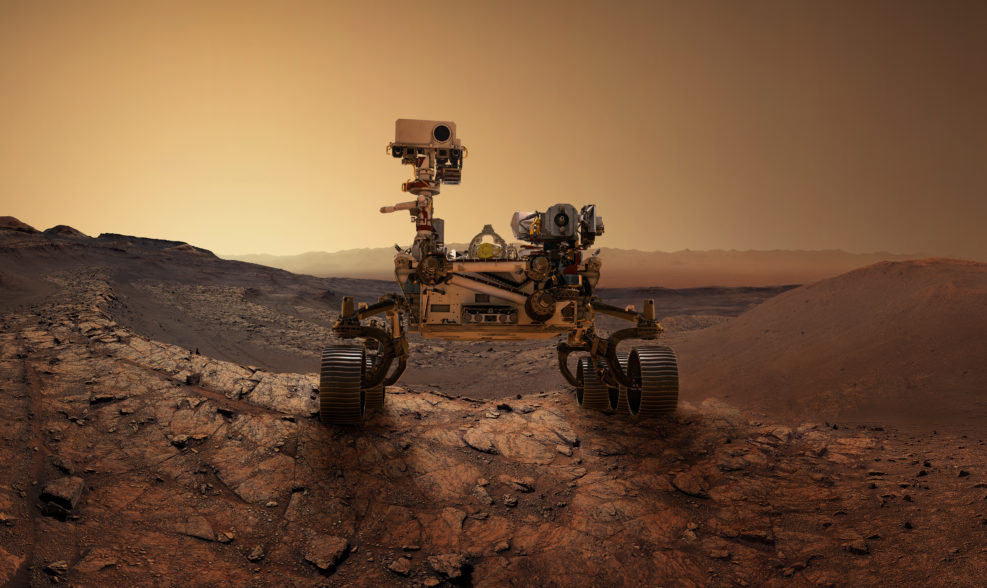
Why Some Experts Hope We DON’T Find Life on Mars
Many thinkers worry about what will happen if the extraterrestrials land. But will they feel worse if we never find ET?Recently, prominent theoretical physicist Michio Kaku (pictured) told media that reaching out to extraterrestrials is a “terrible idea.” Kaku, author of The God Equation: The Quest for a Theory of Everything (2021). So long SETI, after all these years? Well, not quite. He explains, Soon we’ll have the Webb telescope up in orbit and we’ll have thousands of planets to look at, and that’s why I think the chances are quite high that we may make contact with an alien civilisation. There are some colleagues of mine that believe we should reach out to them. I think that’s a terrible idea. We all know what happened to Montezuma when he met Cortés in Mexico so many hundreds of years ago. Read More ›
